Garver has performed traffic studies for virtually every type of traffic engineering situation that may be encountered from simple, isolated intersections to complex interchange justification studies involving trip generation and unconventional intersections. Our staff has developed traffic studies that included gathering traffic data in the field, studying past and present traffic information, forecasting traffic volumes, and preparing reports outlining our analyses and recommendations for improvements.
Our capabilities include the following:
- Data collection
- Site visit
- Traffic projections/trip generation
- Traffic signal warrants
- Traffic signal timing
- Geometric/operational analysis
- Safety analysis
- Road safety audits
- Access management studies
- Multi-modal level of service
Data Collection: At the beginning of any project, Garver gathers all of the necessary information to analyze current and future conditions. This information typically includes speed limits and lane configurations, intersection peak-hour turning movements, intersection geometry, crash data, traffic signal system information, land uses, as-built plans, GIS information, and prior studies.
Site Visit: Garver's traffic staff has conducted numerous site visits upon assignment of a new corridor or intersection project. We glean valuable information from the site visits while also familiarizing ourselves with the project and surrounding features. Through our site visits, we have observed drivers within the study area significantly preferring one lane over another due to their desired downstream movements. These observations are essential for proper calibration of our traffic models and for identifying the operational issues.
Traffic Projections/Trip Generation: Garver can project traffic to future years based on the annual growth rate and/or the trip generation rates. The forecasts are typically based on historical trends, previous forecasts from other studies, and capacity constraints. Garver can also project traffic to future years based the trip generation rates. Trip generation rates that Garver uses are based upon the ITE Trip Generation Report.
Traffic Signal Warrants: Before a traffic signal is considered, the warrants for traffic signals should be checked. The MUTCD standard practice requires at least one traffic signal warrant be met before a traffic signal is installed. Garver uses the warrants module of the HCS software to determine if any of these warrants are met. If any signal warrants are met with full volumes, warrants are also tested with reduced minor-street right-turning volumes to reflect that a certain percentage of right turns can make the movement without the aid of a traffic signal (a more conservative approach the MUTCD recommends for consideration).
Geometric/Operational Analysis: The need for left-turn and right-turn lanes and the number of through lanes are evaluated. We use the AASHTO Green Book, the Highway Capacity Manual, and NCHRP Report 457 as guidelines in determining the number of lanes. Typically, the addition of turn lanes is limited to cases where minimum turn volumes are met. Once the initial lane configuration is determined, Garver will verify the lanes based on the results of an operational analysis, which also determines characteristics such as capacity and level of service for existing and future conditions. The outcome of the analyses will offer an indication of how the existing intersection or roadway section operates, what can be expected in the future, and how the modifications will affect the traffic operations.
Access Management Studies: The poorly planned or fragmented development patterns often cause capacity and safety constraints along busy arterials and highways. The location and number of full-access driveways and the need to place traffic signals at irregular intervals create the opportunity for many conflicts within a traffic stream, which can increase the number of crashes and create excessive corridor delays and low travel speeds. To maximize the performance of the corridor and enhance safety, access management principles should be considered. Our traffic team has experience improving traffic operations of a corridor via the use of access management techniques such as constructing raised medians, restricting certain through or left-turn movements, adding turn lanes, and encouraging shared driveways and inter-parcel access. Additionally, our team works with property owners and participates in public meetings to promote this concept.
Analysis Software: For all of our traffic analyses, Garver uses standard Highway Capacity Manual (HCM) procedures and microsimulation. For typical arterial projects, we use Synchro software, which has the capability of producing its own operational results as well as HCM results. Additionally, this software has a companion simulation program, SimTraffic, which is also used. When arterials have multimodal components, we use Complete Streets Level of Service (CSLOS). The CSLOS software provides LOS for vehicles, pedestrians, bicycles, and transit along the roadway segment and provides LOS for pedestrians and bicycles at the signalized intersections. LOS for transit is not defined for intersections, and LOS for vehicles at signalized intersections must be determined with supplemental software such as Synchro. Along freeways, we typically use the HCS. For more complex projects, VISSIM is our preferred software.

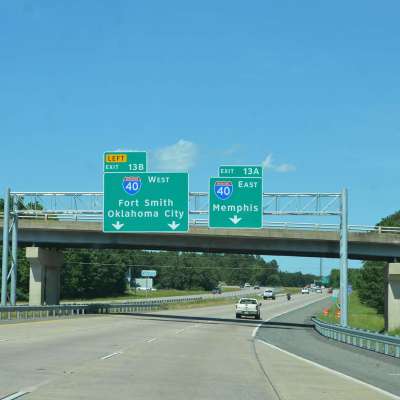

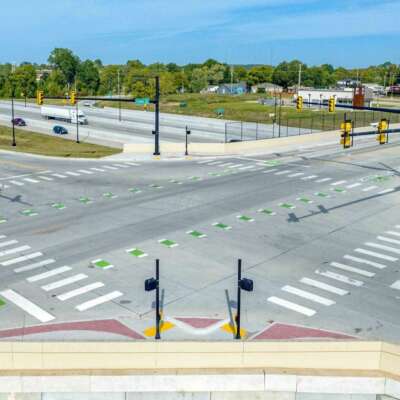

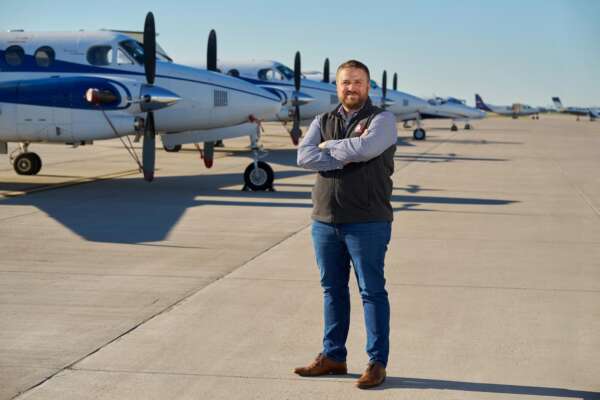

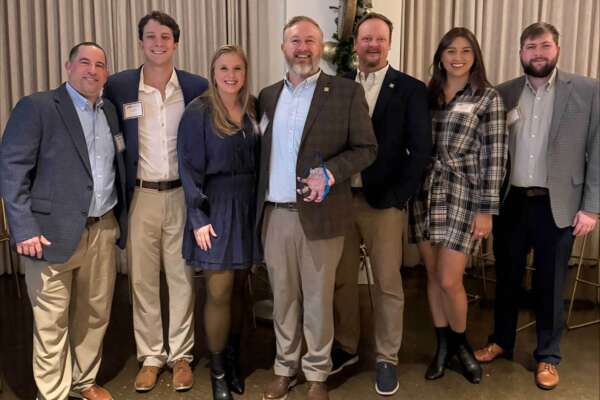
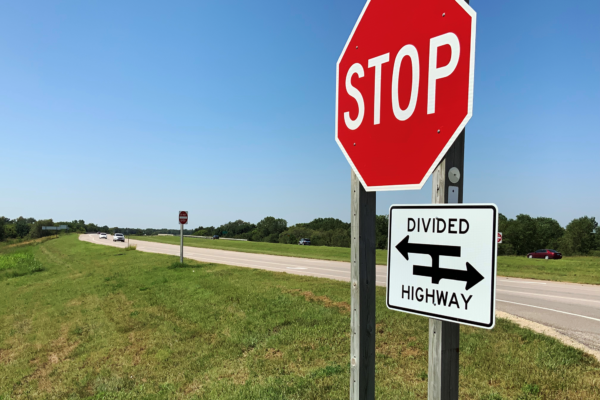




Share this article